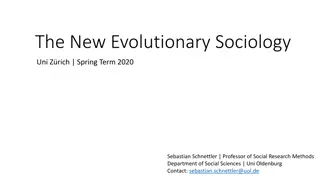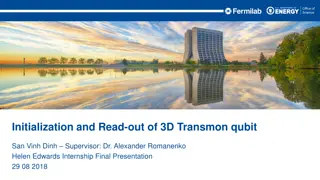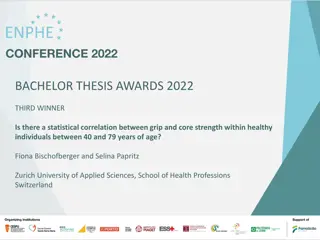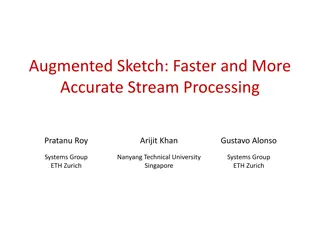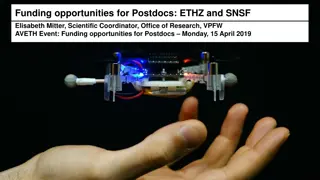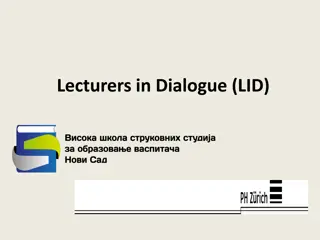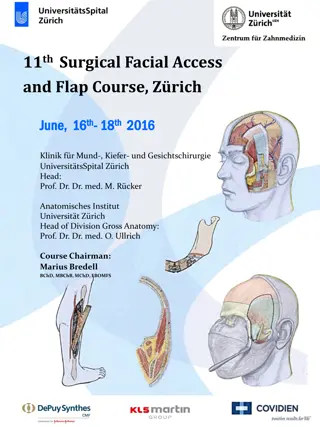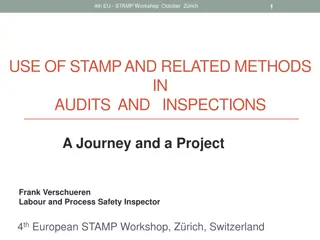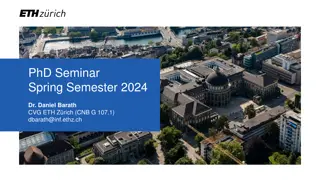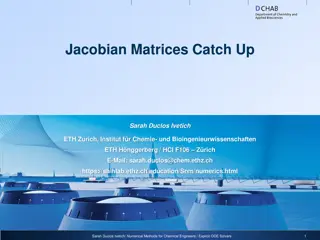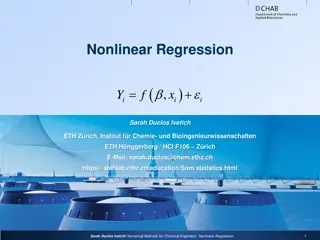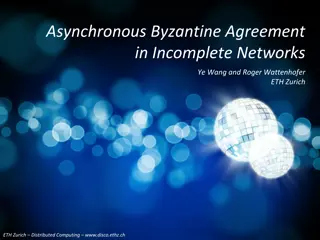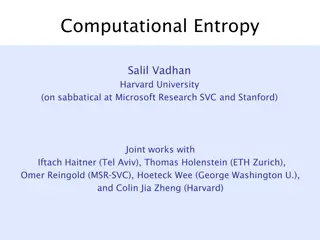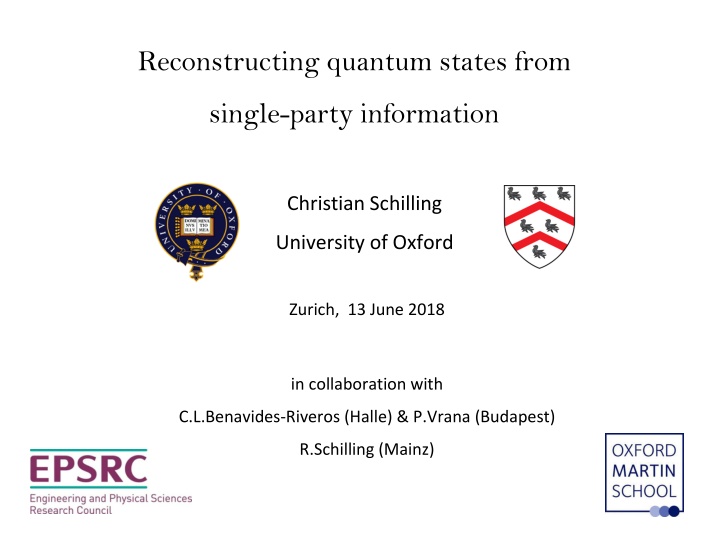
Reconstructing Quantum States: Marginal Problems and Local Information
Explore the fascinating world of reconstructing quantum states from single-party information, delving into quantum marginal problems, extremal local information, and their applications. Discover the intricacies of pure univariate QMP, extremal local information, and examples involving qubits, fermions, and orbitals.
Download Presentation

Please find below an Image/Link to download the presentation.
The content on the website is provided AS IS for your information and personal use only. It may not be sold, licensed, or shared on other websites without obtaining consent from the author. If you encounter any issues during the download, it is possible that the publisher has removed the file from their server.
You are allowed to download the files provided on this website for personal or commercial use, subject to the condition that they are used lawfully. All files are the property of their respective owners.
The content on the website is provided AS IS for your information and personal use only. It may not be sold, licensed, or shared on other websites without obtaining consent from the author.
E N D
Presentation Transcript
Reconstructing quantum states from single-party information Christian Schilling University of Oxford Zurich, 13 June 2018 in collaboration with C.L.Benavides-Riveros (Halle) & P.Vrana (Budapest) R.Schilling (Mainz)
Outline (I) Quantum marginal problem (II) Extremal local information (III) Quasiextremal local information (IV) Applications
(I) Quantum marginal problem (QMP) C A E D B given states for these subsystems Q: Are they compatible, i.e. can they arise from the same total state ?
pure univariate QMP : A C non-overlapping (univariate) marginals D B + total state is pure unitary equivalence: only spectra are relevant for compatibility !
Solution collect all spectra of interest: with Q: Area of compatible spectra (marginals)? compatible spectra form a high-dimensional A: polytope P its facets/form depend on concrete version of the QMP [A.Klyachko, J. Phys. Conf. Ser. 36, 72, 2006] [M.Altunbulak, A.Klyachko, CMP 282, 287, 2008] [M.Altunbulak, PhD thesis, Bilkent University, 2008]
Example 1: N qubits smaller eigenvalue of state polytope: [Higuchi et al., Phys. Rev. Lett. 90, 107902, 2002]
Example 2: 3 fermions & 6 orbitals [Borland & Dennis, J.Phys. B 5, 1, 1972] [Ruskai, Phys. Rev. A 40, 45, 2007] Review on the QMP and its physical relevance: [CS, Proceedings QMath12, World Scientific, Singapore, 2015, arXiv:1404.1085]
(II) Extremal local information 1 1 0 [CS, Phys. Rev. B 92, 155149 (2015)]
[F.Tennie, D.Ebler, V.Vedral, CS, Phys. Rev. A 93, 042126 (2016)] [F.Tennie, V.Vedral, CS, Phys. Rev. A 94, 012120 (2016)] and many further papers
International workshop on this new research field See website www.physics.ox.ac.uk/confs/pauli2016 for recorded talks, slides, posters,...
(III) Quasiextremal local information [CS, C.Benavides-Riveros, P.Vrana, Phys. Rev. A 96, 052312, 2017]
Numerical test [C.Benavides-Riveros, CS, Z. Phys. Chem. 230, 5-7 (2016)]

